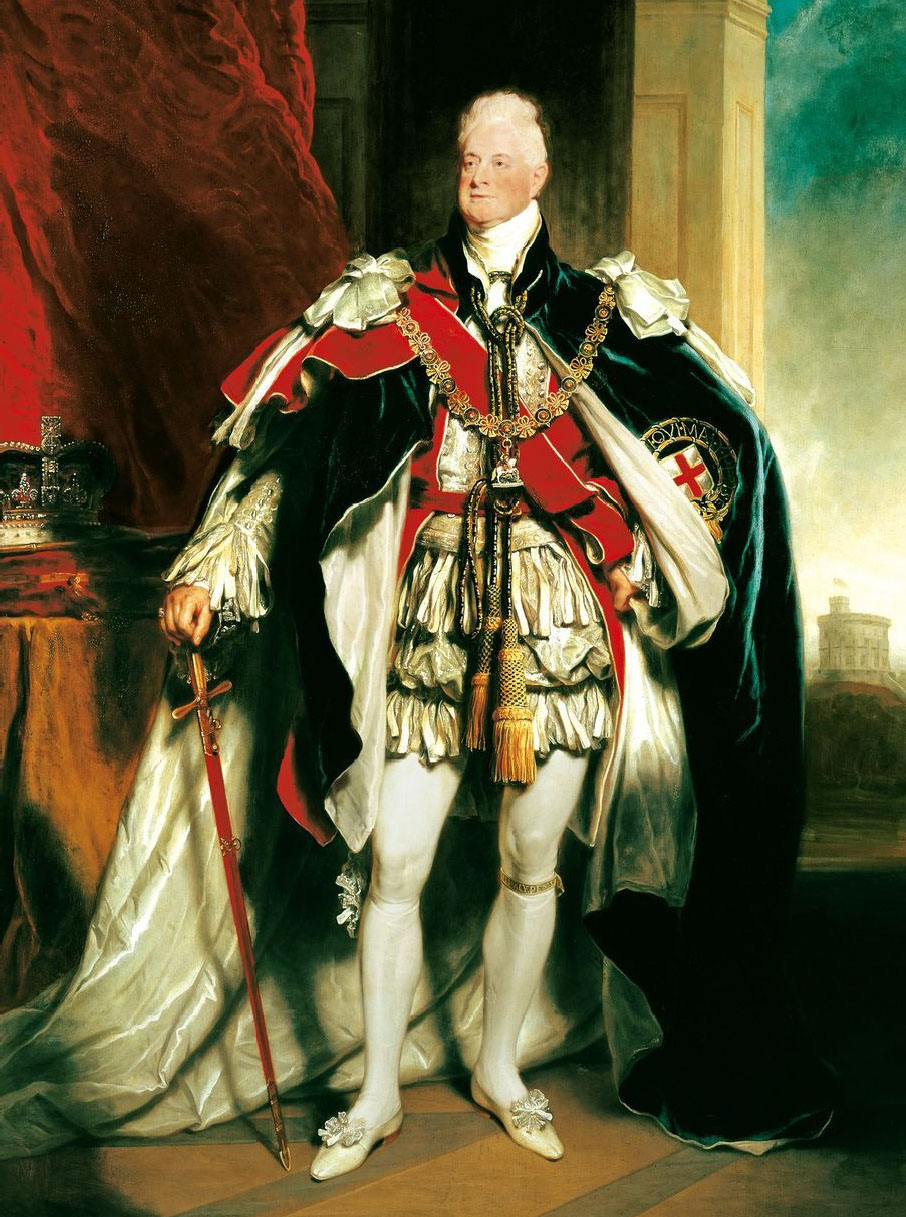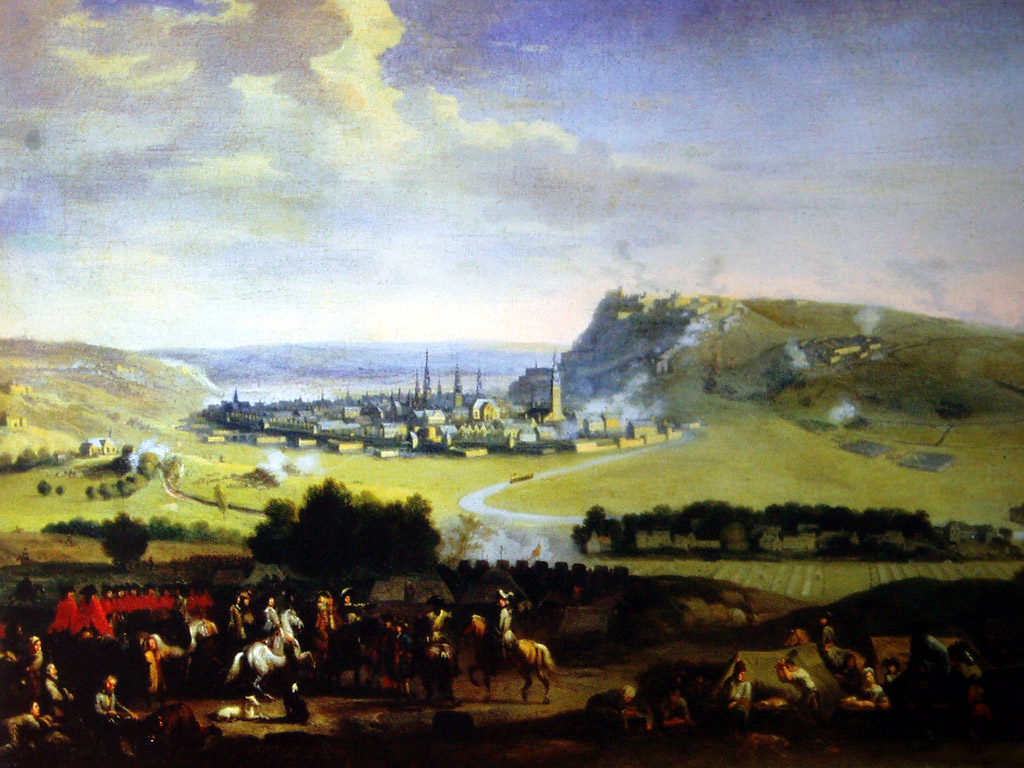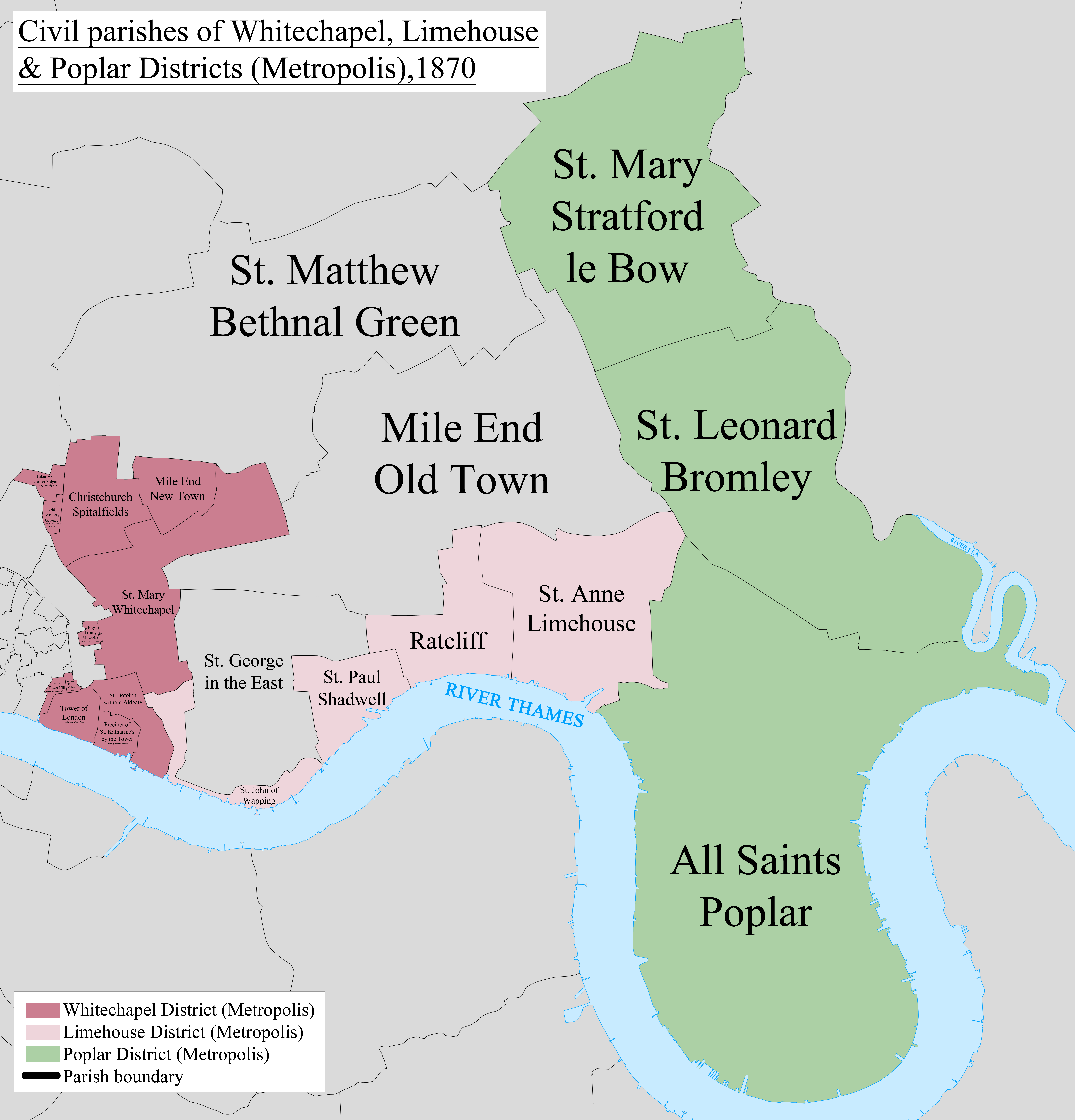|
Edward Heylyn
Edward Heylyn (1695 – April 10, 1765) was a merchant and entrepreneur who was one of the founders of the Bow porcelain factory. The Heylyn family originally came from North Wales. Heylyn was the third son of John Heylyn, a saddler of London who is said to have made a fortune supplying saddles for the Duke of Marlborough’s army, and his wife Susanna Sherman. His brother Dr John Heylyn, known as The Mystic Doctor, was a powerful preacher and prebend of Westminster Abbey. Edward was born in Westminster and took an entrepreneurial role in various businesses in London and Bristol. In October 1718, he became a freeman of the Worshipful Company of Saddlers in London and in 1731 became a freeman of the city of Bristol where he was described as a clothier.Adam Elizabeth and David Rodstone ''Bow Porcelain'' – Faber Faber London His brother's son John was also in business in Bristol. His fortunes fluctuated, rendering him repeatedly bankrupt and avoiding creditors. By 1741 he is s ... [...More Info...] [...Related Items...] OR: [Wikipedia] [Google] [Baidu] |
Bow Porcelain Factory
The Bow porcelain factory (active c. 1747–64 and closed in 1776) was an emulative rival of the Chelsea porcelain factory in the manufacture of early soft-paste porcelain in Great Britain. The two London factories were the first in England. It was originally located near Bow, in what is now the London Borough of Tower Hamlets, but by 1749 it had moved to "New Canton", sited east of the River Lea, and then in Essex, now in the London Borough of Newham. Designs imitated imported Chinese and Japanese porcelains and the wares being produced at Chelsea, at the other end of London. From about 1753, Meissen figures were copied, both directly and indirectly through Chelsea. Quality was notoriously uneven; the warm, creamy body of Bow porcelains is glassy and the glaze tends towards ivory. The paste included bone ash, and Bow figures were made by pressing the paste into moulds, rather than the slipcasting used at Chelsea. Bow appears to have been the largest English factory of its ... [...More Info...] [...Related Items...] OR: [Wikipedia] [Google] [Baidu] |
Thomas Frye
Thomas Frye (c. 1710 – 3 April 1762) was an Anglo-Irish artist, best known for his portraits in oil and pastel, including some miniatures and his early mezzotint engravings. He was also the patentee of the Bow porcelain factory, London, and claimed in his epitaph to be "the inventor and first manufacturer of porcelain in England," though his rivals at the Chelsea porcelain factory seem to have preceded him in bringing wares to market. The Bow porcelain works did not long survive Frye's death; their final auctions took place in May 1764. Frye was born at Edenderry, County Offaly, Ireland, in 1710; in his youth he went to London to practice as an artist. His earliest works are a pair of pastel portraits of boys, one dated 1734 (Earl of Iveagh). For the Worshipful Company of Saddlers he painted a full-length portrait of Frederick, Prince of Wales (1736, destroyed 1940), which he engraved in mezzotint and published in 1741. With his silent partner, a London merchant Edw ... [...More Info...] [...Related Items...] OR: [Wikipedia] [Google] [Baidu] |
18th-century British Merchants
The 18th century lasted from 1 January 1701 (represented by the Roman numerals MDCCI) to 31 December 1800 (MDCCC). During the 18th century, elements of Enlightenment thinking culminated in the Atlantic Revolutions. Revolutions began to challenge the legitimacy of monarchical and aristocratic power structures. The Industrial Revolution began mid-century, leading to radical changes in human society and the environment. The European colonization of the Americas and other parts of the world intensified and associated mass migrations of people grew in size as part of the Age of Sail. During the century, slave trading expanded across the shores of the Atlantic Ocean, while declining in Russia and China. Western historians have occasionally defined the 18th century otherwise for the purposes of their work. For example, the "short" 18th century may be defined as 1715–1789, denoting the period of time between the death of Louis XIV of France and the start of the French Revolutio ... [...More Info...] [...Related Items...] OR: [Wikipedia] [Google] [Baidu] |
1765 Deaths
Events January–March * January 23 – Prince Joseph of Austria marries Princess Maria Josepha of Bavaria in Vienna. * January 29 – One week before his death, Mir Jafar, who had been enthroned as the Nawab of Bengal and ruler of the Bengali people with the support and protection of the British East India Company, abdicates in favor of his 18-year-old son, Najmuddin Ali Khan. * February 8 **Frederick the Great, the King of Prussia, issues a decree abolishing the historic punishments against unmarried women in Germany for "sex crimes", particularly the ''Hurenstrafen'' (literally "whore shaming") practices of public humiliation. ** Isaac Barré, a member of the British House of Commons for Wycombe and a veteran of the French and Indian War in the British American colonies, coins the term "Sons of Liberty" in a rebuttal to Charles Townshend's derisive description of the American colonists during the introduction of the proposed Stamp Act. Barré notes that ... [...More Info...] [...Related Items...] OR: [Wikipedia] [Google] [Baidu] |
1695 Births
Events January–March * January 7 (December 28, 1694 O.S.) – The United Kingdom's last joint monarchy, the reign of husband-and-wife William III of England, King William III and Mary II of England, Queen Mary II comes to an end with the death of Queen Mary, at the age of 32. Princess Mary had been installed as the monarch along with her husband and cousin, Willem Hendrik von Oranje, Stadtholder of the Dutch Republic, in 1689 after James II of England, King James II was deposed by Willem during the "Glorious Revolution". * January 14 (January 4 O.S.) – The Royal Navy warship HMS Nonsuch (1668), HMS ''Nonsuch'' is captured near England's Isles of Scilly by the 48-gun French privateer ''Le Francois''. ''Nonsuch'' is then sold to the French Navy and renamed ''Le Sans Pareil''. * January 24 – Milan's Royal Palace of Milan#17th and 18th centuries, Court Theater is destroyed in a fire. * January 27 – A flotilla of six Royal Navy warships under the command of Commodo ... [...More Info...] [...Related Items...] OR: [Wikipedia] [Google] [Baidu] |
Blackwell Hall
Blackwell Hall in the City of London (also known as Bakewell Hall) was the centre for the wool and cloth trade in England from mediaeval times until the 19th century. Cloth manufacturers and clothiers from provincial England brought their material to Blackwell Hall to display and sell it to merchants and drapers. History Blackwell Hall was originally a buttressed stone hall adjacent to the Guildhall in private occupation dating from the early 13th century. In 1395, the City of London Corporation purchased it from the de Bankwell family (from which it derives its name) and it was established as a cloth market under Dick Whittington's first mayoralty in 1397 in order to provide the first place where non-citizen and foreigners could buy and sell cloth. It was rebuilt in 1588 and again after the Great Fire of London. It was demolished along with the chapel in 1820. In the 17th century manufactured woollen cloth was the primary commodity traded in England, much of this passing throug ... [...More Info...] [...Related Items...] OR: [Wikipedia] [Google] [Baidu] |
Isle Of Man
The Isle of Man ( , also ), or Mann ( ), is a self-governing British Crown Dependency in the Irish Sea, between Great Britain and Ireland. As head of state, Charles III holds the title Lord of Mann and is represented by a Lieutenant Governor. The government of the United Kingdom is responsible for the Isle of Man's military defence and represents it abroad, but the Isle of Man still has a separate international identity. Humans have lived on the island since before 6500 BC. Gaelic cultural influence began in the 5th century AD, when Irish missionaries following the teaching of St Patrick began settling the island, and the Manx language, a branch of the Goidelic languages, emerged. In 627, King Edwin of Northumbria conquered the Isle of Man along with most of Mercia. In the 9th century, Norsemen established the thalassocratic Kingdom of the Isles, which included the Hebrides and the Northern Isles, along with the Isle of Man as the southernmost island. Magnus Bar ... [...More Info...] [...Related Items...] OR: [Wikipedia] [Google] [Baidu] |
Cornhill, London
Cornhill (formerly also Cornhil) is a ward and street in the City of London, the historic nucleus and financial centre of modern London, England. The street runs between Bank Junction and Leadenhall Street. The hill from which it takes its name is one of the three ancient hills of London; the others are Tower Hill, site of the Tower of London, and Ludgate Hill, crowned by St Paul's Cathedral. The highest point of Cornhill is at above sea level. History Cornhill is one of the traditional divisions of the City. The street contains two of the City churches designed by Sir Christopher Wren: St. Michael, Cornhill, and St Peter upon Cornhill, reputed to occupy the oldest Christianised site in London. Both are on the site of the Roman forum of ''Londinium''. At its other end it meets Threadneedle Street, Poultry, Lombard Street and others at Bank junction. Sir Thomas Gresham's original Royal Exchange fronted onto Cornhill, but its successor on the site, designed by Willia ... [...More Info...] [...Related Items...] OR: [Wikipedia] [Google] [Baidu] |
North Carolina
North Carolina ( ) is a U.S. state, state in the Southeastern United States, Southeastern region of the United States. It is bordered by Virginia to the north, the Atlantic Ocean to the east, South Carolina to the south, Georgia (U.S. state), Georgia to the southwest, and Tennessee to the west. The state is the List of U.S. states and territories by area, 28th-largest and List of U.S. states and territories by population, 9th-most populous of the List of states and territories of the United States, United States. Along with South Carolina, it makes up the Carolinas region of the East Coast of the United States, East Coast. At the 2020 United States census, 2020 census, the state had a population of 10,439,388. Raleigh, North Carolina, Raleigh is the state's List of capitals in the United States, capital and Charlotte, North Carolina, Charlotte is its List of municipalities in North Carolina, most populous and one of the fastest growing cities in the United States. The Charl ... [...More Info...] [...Related Items...] OR: [Wikipedia] [Google] [Baidu] |
Bow Porcelain
The Bow porcelain factory (active c. 1747–64 and closed in 1776) was an emulative rival of the Chelsea porcelain factory in the manufacture of early soft-paste porcelain in Great Britain. The two London factories were the first in England. It was originally located near Bow, in what is now the London Borough of Tower Hamlets, but by 1749 it had moved to "New Canton", sited east of the River Lea, and then in Essex, now in the London Borough of Newham. Designs imitated imported Chinese and Japanese porcelains and the wares being produced at Chelsea, at the other end of London. From about 1753, Meissen figures were copied, both directly and indirectly through Chelsea. Quality was notoriously uneven; the warm, creamy body of Bow porcelains is glassy and the glaze tends towards ivory. The paste included bone ash, and Bow figures were made by pressing the paste into moulds, rather than the slipcasting used at Chelsea. Bow appears to have been the largest English factory of its ... [...More Info...] [...Related Items...] OR: [Wikipedia] [Google] [Baidu] |
North Wales
North Wales ( ) is a Regions of Wales, region of Wales, encompassing its northernmost areas. It borders mid Wales to the south, England to the east, and the Irish Sea to the north and west. The area is highly mountainous and rural, with Snowdonia, Snowdonia National Park ( and the Clwydian Range and Dee Valley (), known for its mountains, waterfalls and trails, wholly within the region. Its population is concentrated in the North East Wales, north-east and northern coastal areas, with significant Welsh-speaking populations in its North West Wales, western and rural areas. North Wales is imprecisely defined, lacking any exact definition or administrative structure. It is commonly defined administratively as its six most northern Principal areas of Wales, principal areas, but other definitions exist, with Montgomeryshire historically considered to be part of the region. Those from North Wales are sometimes referred to as "Gogs" (); in turn, those from South Wales are sometimes cal ... [...More Info...] [...Related Items...] OR: [Wikipedia] [Google] [Baidu] |
Bromley-by-Bow
Bromley, commonly known as Bromley-by- Bow, is a district in the London Borough of Tower Hamlets in East London, located on the western banks of the River Lea, in the Lower Lea Valley in East London. It is an inner-city suburb located 4.7 miles (7.5 km) east of Charing Cross. The area is distinct from Bow, which lies immediately north of the formal boundary between the two, which runs along Bow Road, or near the Lea, slightly to the south of the Road. The area has historically been known as both Bromley and Bromley-by-Bow. In 1967, the latter name was chosen as the new name for Bromley tube station, a change designed to prevent confusion with Bromley railway station in the London Borough of Bromley. The formal boundaries of the area were set when the area became a parish in 1537 when it split from Stepney. The boundaries of the new parish were based on those of much older pre-existing estates. Bromley has a rich history, but many of its most historic buildings have been l ... [...More Info...] [...Related Items...] OR: [Wikipedia] [Google] [Baidu] |





